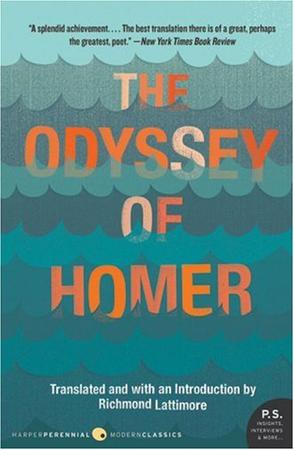

One of the few ancient Greek sculptures of Iris is found on the west pediment of the Parthenon. She was frequently portrayed in vase paintings, however. Ten years after the fall of Troy, the victorious Greek hero Odysseus has still not returned to his native Ithaca. The child was Pothos, the god of sexual desire and longing.ĭespite her prominent role as divine messenger, there were no known temples built to Iris, and experts suspect there was little cult activity to the goddess, apart from records of Delians offering cakes made of wheat, honey, and figs to her.Īlthough described as extremely beautiful, there were also very few statues created depicting Iris. She conceived a child with Zephyrus, one of the Anemoi, or the Greek gods of the winds. In some myths, Iris is considered one of the most beautiful of all of the Greek goddesses. One of the few sculptural depictions of Iris, the Greek goddess of the rainbow, on the west pediment of the Parthenon. This was the custom when gods made solemn oaths to each other. She was to use this water to put anyone who lied to her to sleep. But he certainly seems to be aware that such distinctions could exist and would, inevitably, change how the poem is understood.Along with her winged staff, Iris was said to carry water from the River Styx, or the river that led to the underworld, at the command of Zeus. The text of the poem is not, alas, heavily annotated, so I can't say if Goodrich noted distinct differences among the three translators. Goodrich has just as carefully transferred this information to the table of contents, presumably to have these details close at hand while reading.

Though Goodrich famously disliked introductions and interpretive apparatus, preferring to encounter the text on its own, he clearly read the introduction to the Heritage edition and noted their comment that, "Pope's translation was the production not of one man, but of a poetry factory." The introduction also names Pope's fellow translators, William Broome and Elijah Fenton, and carefully notes which poet was responsible for which book of the poem. He is equally careful with a tricky matter about the translation.

(Today, he would have to update it again, as it is generally thought to be a 7th or 8th century text rather than a 9th century one.) The care taken with the date over successive interactions with the text makes me think that Goodrich might have been working on one of his chronologically ordered reading lists while looking at the volume. It is no surprise, then, to find a copy of Homer's The Odyssey in Goodrich's library (or to find it accompanied by a matching copy of The Illiad.) From the Heritage Press, this edition uses Pope's translation, and is decorated with Flaxman's illustrations.Ī close look at the title page will indicate that Goodrich gave some time and attention to noting, and then making more specific, the estimated composition date of The Odyssey.


 0 kommentar(er)
0 kommentar(er)
